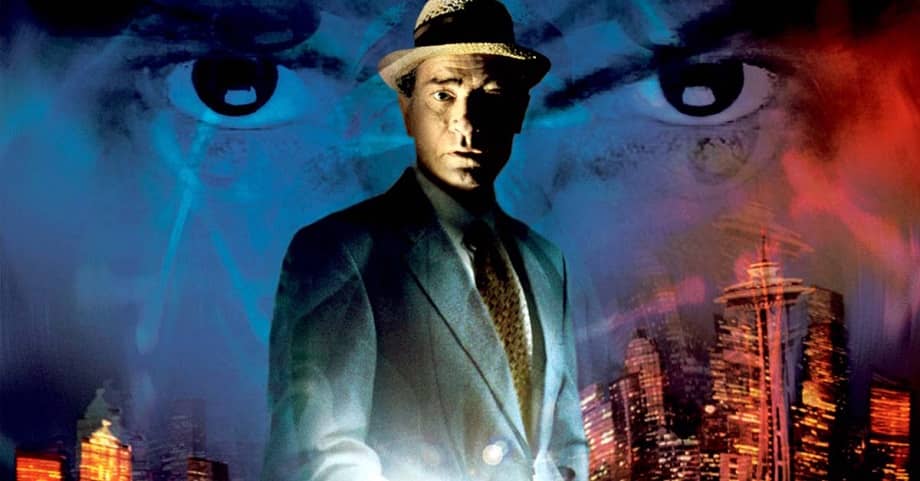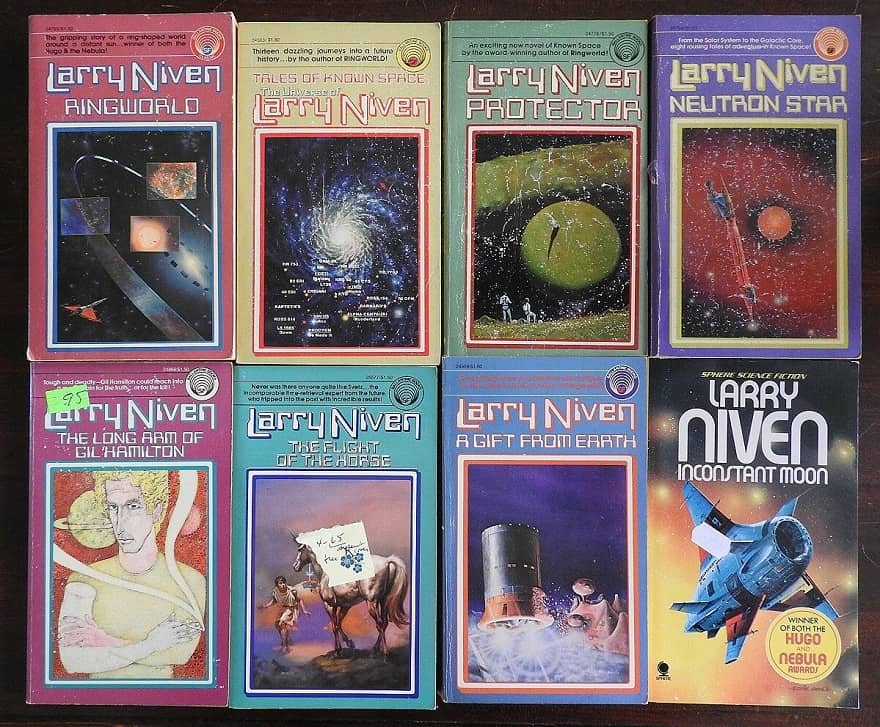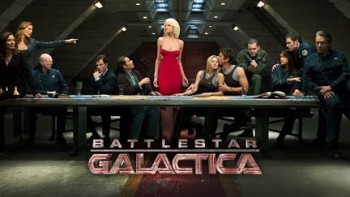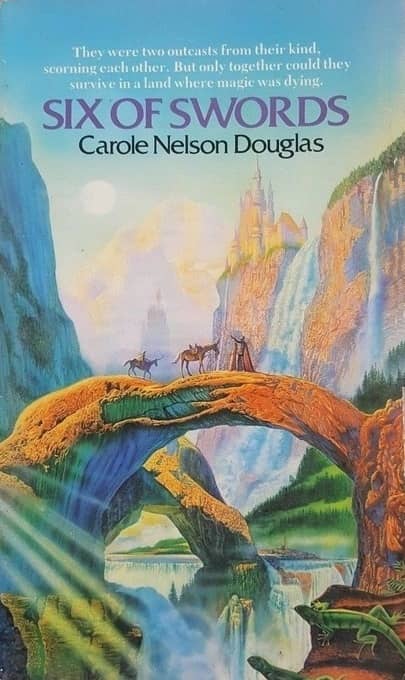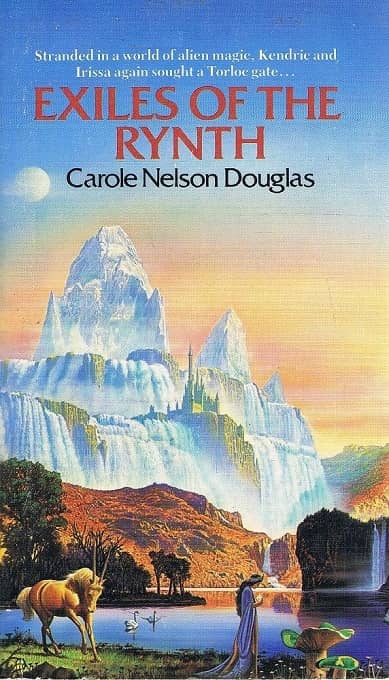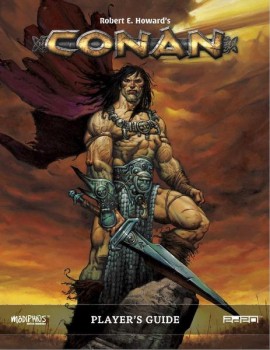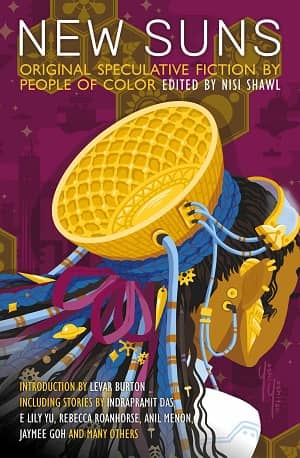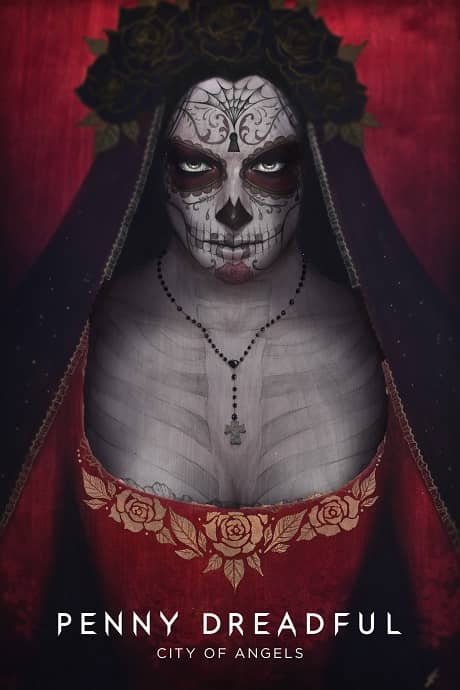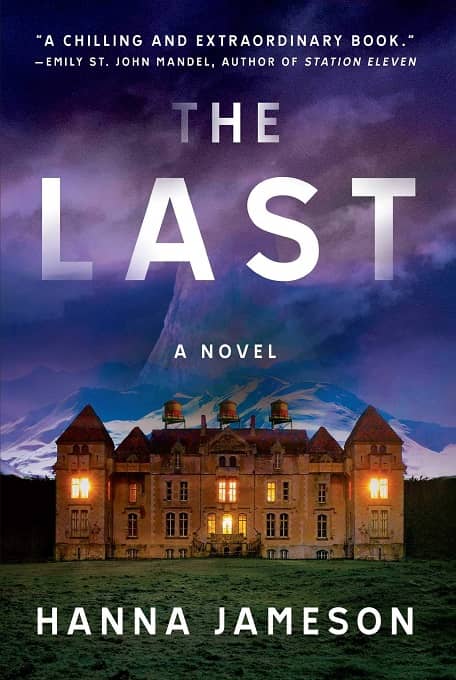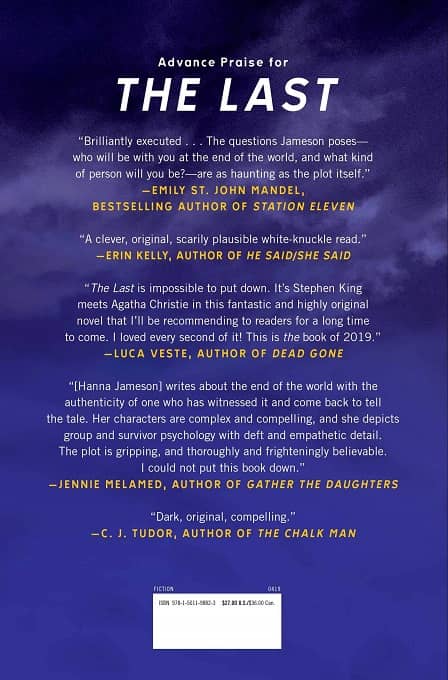Hither Came Conan: James McGlothlin on “The Servants of Bit-Yakin”
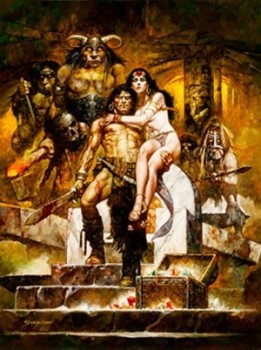
Welcome back to the latest installment of Hither Came Conan, where a leading Robert E. Howard expert examines one of the original Conan stories each week, highlighting what’s best. James McGlothlin drew “The Servants of Bit Yakin” in our Hyborian lottery.
“The Servants of Bit-Yakin” is the best Conan story ever written by Robert E. Howard!
Or at least that’s my assignment (given to me by Bob Byrne) to convince you of such.
Here we go!
If you are familiar with the Conan canon, you will probably think my task quite a challenge. Case in point: The late Fritz Leiber, one of the greatest sword and sorcery writers of all time, and someone who clearly admired Howard’s Conan tales, rated “The Servants of Bit-Yakin” among the worst of the Conan stories ever written calling it “repetitious and childish, a self-vitiating brew of pseudo-science, stage illusions, and the ‘genuine’ supernatural” (“Fantasy Books”, Fantastic, May 1968, p. 143). Oh boy! With such an authoritative voice weighing in on the supposed poor quality of “Bit Yakin”, I have quite the task set before me. But before getting on to my attempt to convince you that this story is the best Conan story ever written by Howard, let’s get a little background on the tale first.
Though originally titled by Robert E. Howard as “The Servants of Bit-Yakin”, it first appeared in Weird Tales, March 1935 as “Jewels of Gwahlur”. The story was later reprinted in King Conan (Gnome Press, 1953), Conan the Warrior (Lancer Books, 1967), as well as various other later collections. Also, Roy Thomas and Dick Giordano famously adapted it for Marvel Comic’s Savage Sword of Conan #25 in 1977 and the story also later appeared in Dark Horse comics in 2005. This story has some legs; so perhaps it’s better than Leiber thought!
It’s hard to quickly summarize “The Servants of Bit-Yakin”. But I will try to be as brief as I can with the following.
We begin the story with Conan heroically climbing a rock face. In typical Howard fashion, it is clearly communicated how impossible this would be for any normal human being to do the same. But for Conan, with his panther-like strength, it seems not much harder than a jog in the park. While climbing though, Conan comes across a small cave with a mummy holding an inscribed parchment. Conan grabs this ancient document and then completes his climb (the parchment comes into play later). At the top Conan finds on the other side of the cliffs the ancient ruins of the city of Alkmeenon.
